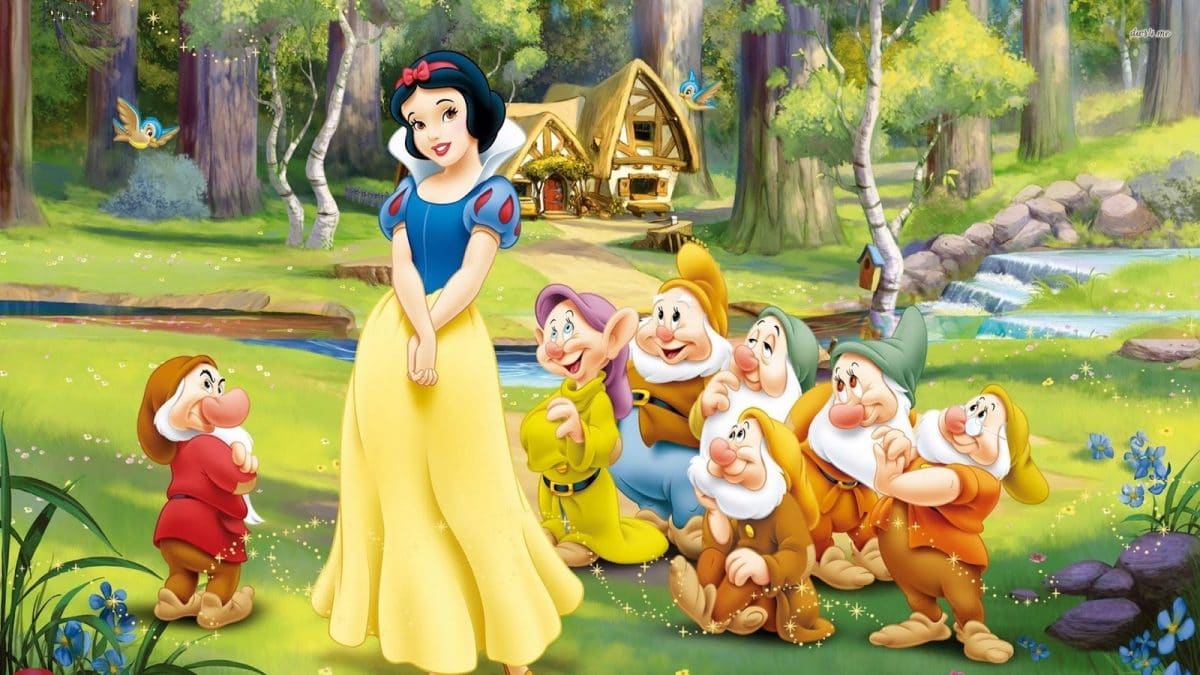 Blake Snyder always said that good ideas are primal. They’re something you could pitch to a caveman. And ideas that have themes that are inherently found in all of us—friendship, love, togetherness, loneliness, revenge—keep us going back to the movies because this is what we look for, whether we realize it or not, in all forms of narrative.
Blake Snyder always said that good ideas are primal. They’re something you could pitch to a caveman. And ideas that have themes that are inherently found in all of us—friendship, love, togetherness, loneliness, revenge—keep us going back to the movies because this is what we look for, whether we realize it or not, in all forms of narrative.
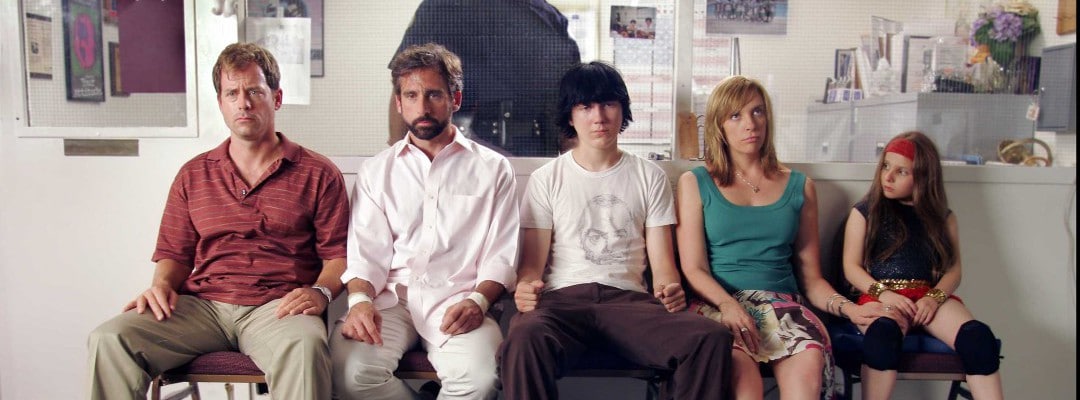
It’s why we enjoy movies like The Social Network—because the film has nothing to do with Facebook and everything to do with belonging and fitting in; The King’s Speech—nothing about stuttering and speech impediments but rather a deeper meaning of self-worth, confidence, and one’s relationship with a patriarchal figure; Whiplash—about being driven, the need to be the best, to prove others wrong, not just drumming; and Little Miss Sunshine—isn’t about creepy kid pageants, but the importance of family and working together. And the list goes on…

So then why did this question throw me: “What about kids? I write for a children’s TV show on the Cartoon Network, and how am I supposed to tell stories that are primal… when I’m writing for children—some of whom don’t even talk yet!?” The question was posed by an attendee at the Pixelatl Film Conference in Cuernevaca, Mexico, where I was giving an all-day lecture about story and structure two weeks ago. I hesitated. I honestly hadn’t thought about this. And for a good few and seemingly long beats, I had absolutely no response.
And then it came to me. I realized that kids are even greater proof that all storytelling should be primal. And instead of quoting a movie or a self-help writing text, I referenced my own experience. I have an eight-month-old beautiful, healthy baby at home. His name is Gregory, and he seems to understand primal themes quite well. He cries when Mommy leaves—separation. He smiles when food comes. Or when he’s reunited with a loved one. And he gets very, very grumpy when a desired toy is taken away.
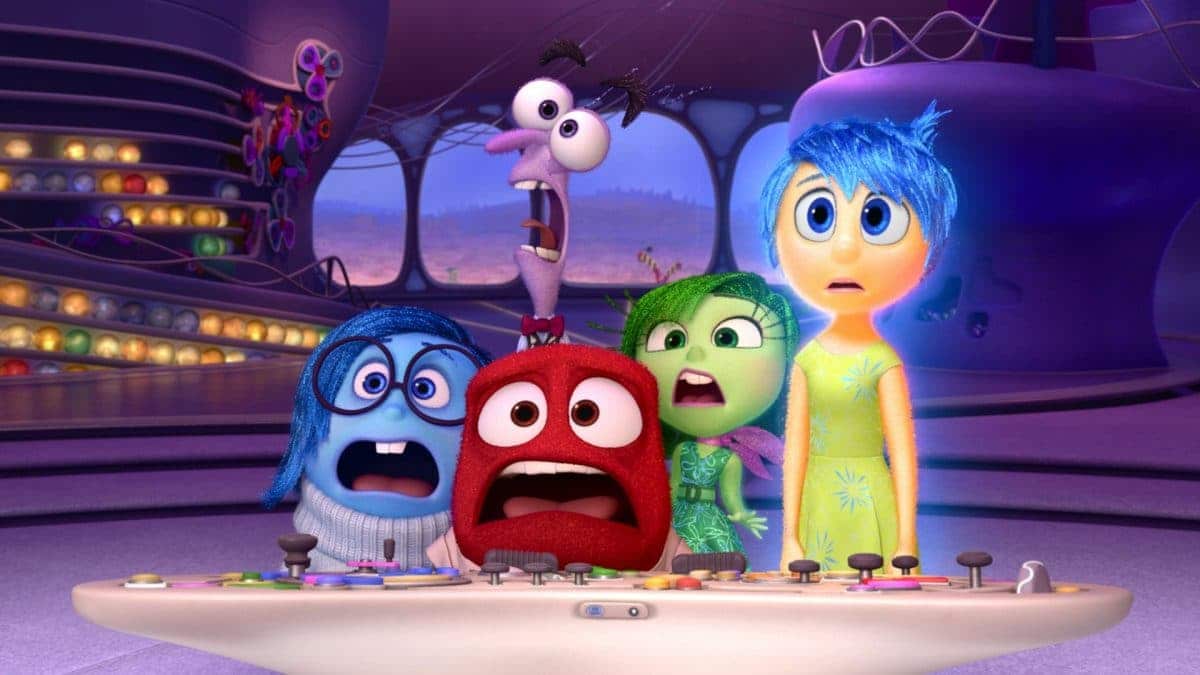
Isn’t Gregory, and every baby for that matter, proof that primal feelings and experiences are in us all, at any age? And haven’t the great storytellers from Disney to Pixar always realized this? From childhood classics like Snow White and the Seven Dwarfs and 101 Dalmatians to more recent fare like Toy Story, Up, and Inside Out—and especially a film I consulted on, How to Train Your Dragon for Dreamworks Animation, these films explored themes of passivity, reclaiming, and peaceful resolution.
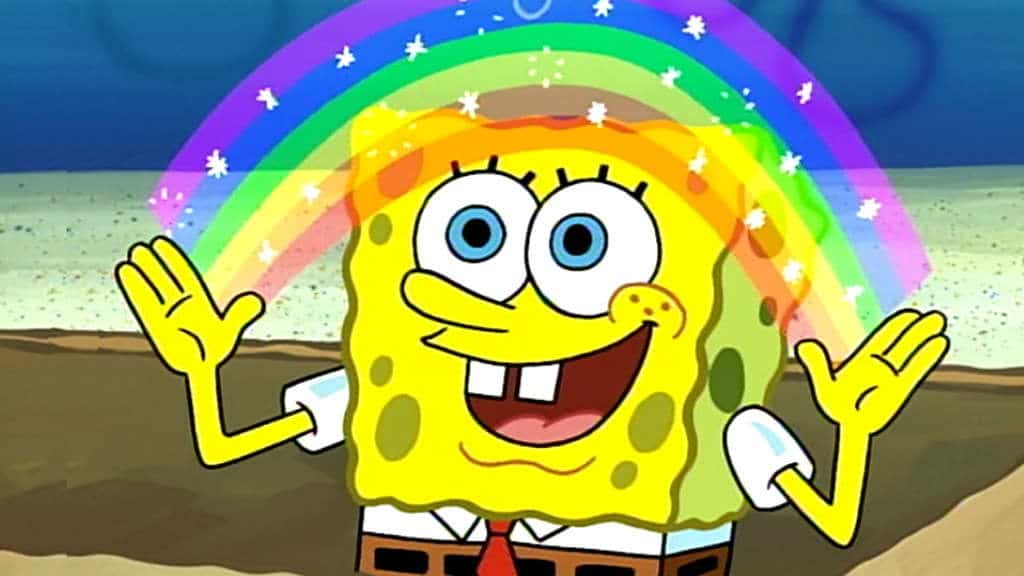
Even silly episodes of SpongeBob SquarePants are layered with primal experiences and keep children and adults wanting more.
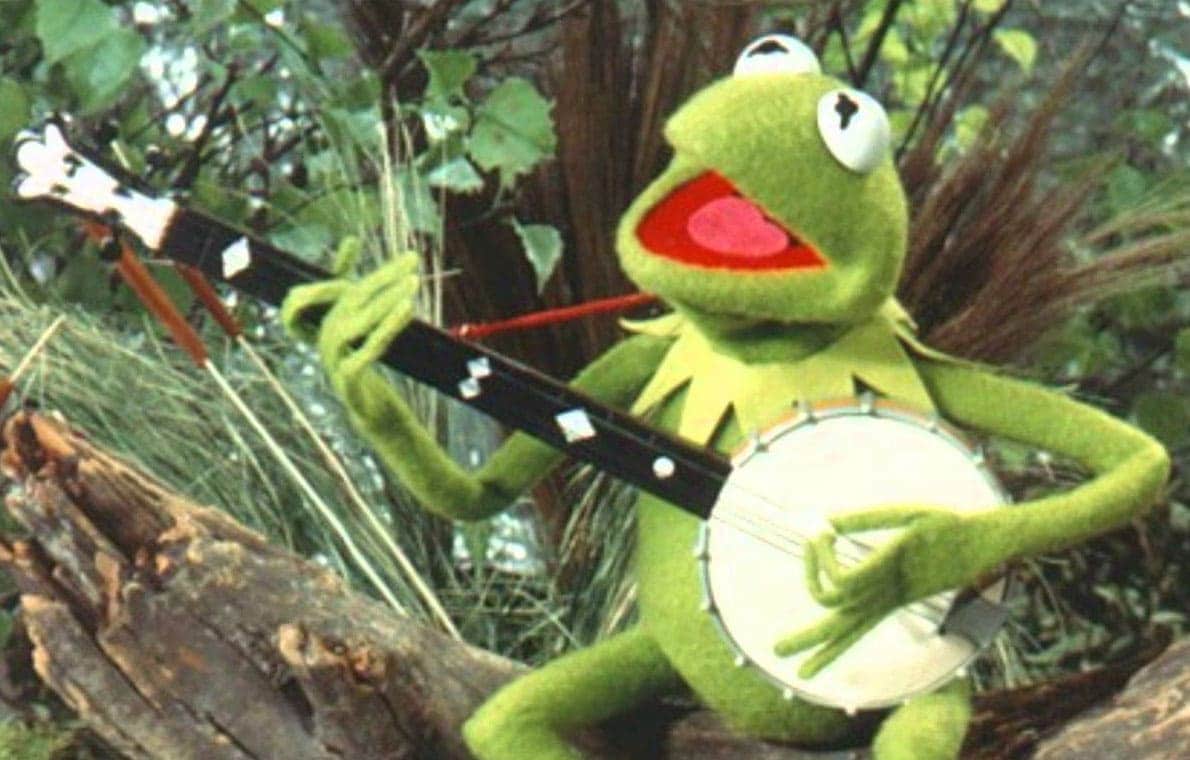
And the lyrics of Kermit the Frog’s song “It’s Not Easy Being Green” from Sesame Street—an anthem of self-acceptance—actually hit Blake’s beats, moving from an Opening Image/Line of “It’s not that easy being green” to the Final Image/Line of “And I think it’s what I want to be.”
So, I insist, even when writing children’s tales, primal is key. Primal will make your story resonate!
Ben Frahm
1 Comment
Leave a Reply Cancel reply
You must be logged in to post a comment.










Thank you, Ben, for your insight. Children, treated with respect, and properly understood, grow into amazing adults! JRR Tolkien recognized that children, although they can’t verbalize it, appreciate depth and intelligently told stories, something that many adults seem to forget. They don’t really like being talked down to anymore than the rest of us!
I l